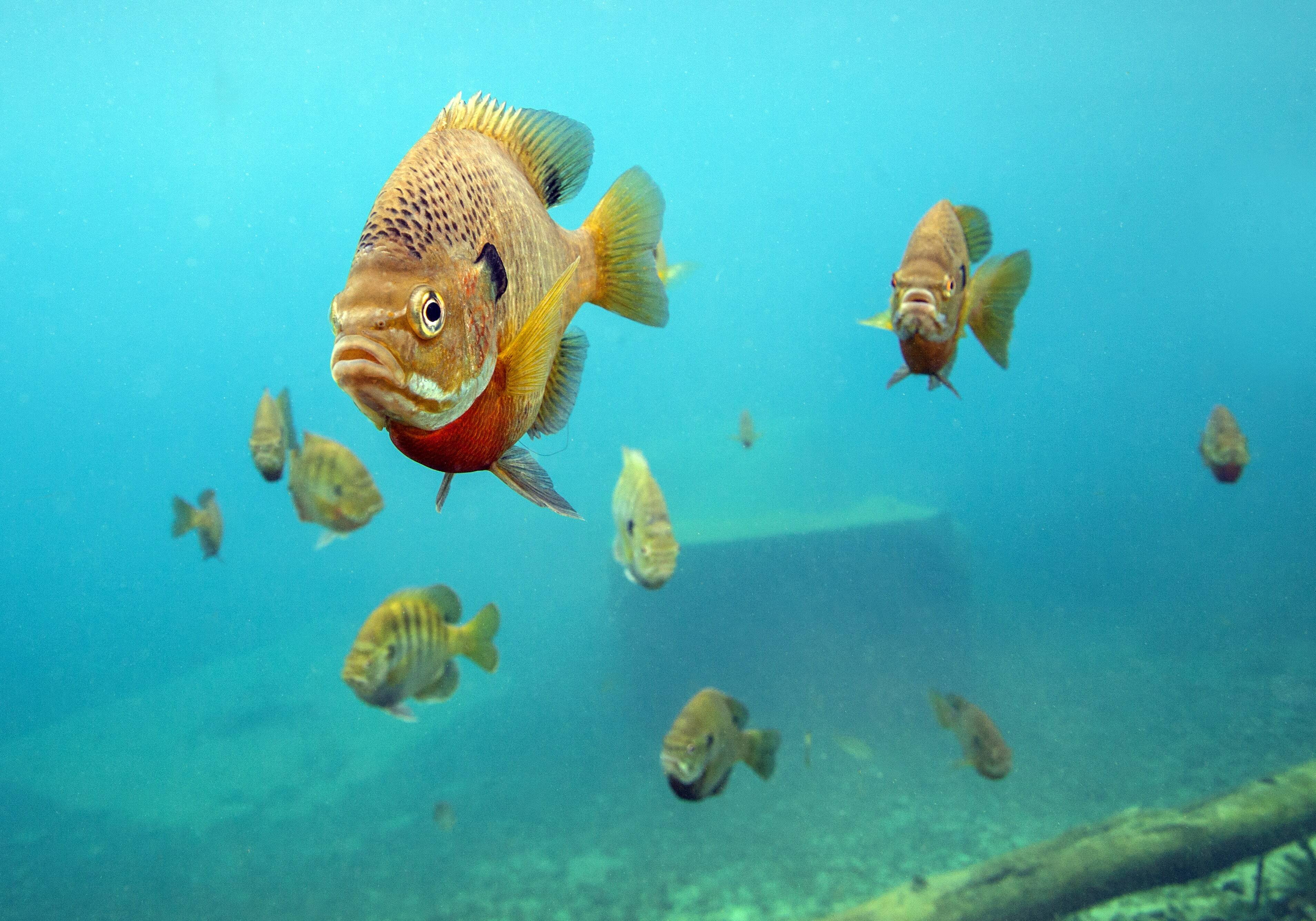Why Fall Is Prime Time for Microcystis Blooms (And Why It Matters)

Microcystis is a type of cyanobacteria that often forms thick, paint-like scums on lakes and pond surfaces, especially in nutrient-rich waterbodies. Certain strains release microcystin toxins that can be harmful to people, pets, and wildlife. Professional management is essential to maintain safe, healthy water.
Why Microcystis Spikes in Fall
Autumn conditions make blooms more likely:
- Nutrient recycling: Water turnover releases phosphorus and nitrogen from bottom sediments.
- Calm weather: Stable, sunny days allow colonies to rise to the surface and form visible scums.
- Overwintering: Microcystis can persist in sediments and return even stronger next season.
How Wisconsin Lake & Pond Resource Biologists Respond to Blooms
When a bloom occurs, our trained biologists implement precise, science-based treatments:
- Early intervention: Timed algaecide applications control the bloom while minimizing toxin release.
- Aeration and mixing: Systems increase oxygen levels and prevent surface mats from forming.
- Phosphorus control: In-lake treatments bind excess nutrients to cut off the bloom’s food source.
Preventing Microcystis Next Season
Wisconsin Lake & Pond Resource combines long-term watershed management with off-season remediation to ensure lasting water quality improvements.
Long-Term Nutrient Management
- Limit phosphorus-heavy fertilizer use near shorelines.
- Install vegetative buffers to capture runoff from lawns, farmland, and paved areas.
- Implement stormwater management measures, including basins, swales, or wetlands.
- Reduce organic debris, such as leaves and grass clippings, from entering the water.
Off-Season Remediation
- Our biologists apply phosphorus-binding or sediment-amending products in fall and winter when biological activity is low.
- Beneficial bacteria are introduced to break down organic matter prior to spring growth.
- Aeration or oxygenation systems prevent nutrient release under ice and maintain water quality year-round.
Why Professional Strategy Wins
Reactive, one-off treatments provide only short-term relief. Without addressing nutrient sources, blooms often return, sometimes more aggressively. Wisconsin Lake & Pond Resource takes an integrated, biologist-led approach, combining monitoring, aeration, nutrient-binding treatments, and watershed best practices to restore ecosystem balance.
For property owners, HOAs, golf courses, and commercial properties, this approach delivers cleaner water, safer recreation, healthier fish populations, and lower long-term management costs.
If you’d like Wisconsin Lake & Pond Resource biologists to evaluate your site, design a fall-to-spring nutrient reduction plan, or schedule a professional audit, we’re ready to help.
About Wisconsin Lake & Pond Resource, A Jones Lake Management Partner
Wisconsin Lake & Pond Resource specializes in comprehensive lake and pond management solutions, including algae and aquatic weed control, aeration, hydraulic dredging, erosion control, and fisheries management. As a Jones Lake Management Partner, we serve a diverse range of clients, including HOAs, golf courses, municipalities, and private lake owners. With a commitment to science-driven strategies and environmental sustainability, Wisconsin Lake & Pond Resource helps maintain and restore aquatic ecosystems for long-term health and enjoyment.
Topics
- Aeration (2)
- Algae (2)
- Aquatic Weeds & Algae Control (13)
- Bathymetry Mapping (2)
- Company News & Updates (33)
- Erosion Control & Sediment Reduction (4)
- Fish Management (1)
- fish stocking (6)
- Fisheries Management (19)
- Fishery (2)
- Fountains & Aeration (15)
- Hydraulic Dredging (5)
- Invasive Species Management (6)
- Lake & Pond Management (46)
- Lake Management (1)
- Native Wetland Plantings (1)
- Nutrient Management (8)
- Pond Management (1)
- Seasonal Pond Management (15)
- Sediment Sampling (1)
- Stormwater & Runoff Management (5)
- Sustainability & Eco-Friendly Solutions (4)
- Water Quality (3)
- Water Quality Monitoring (2)
